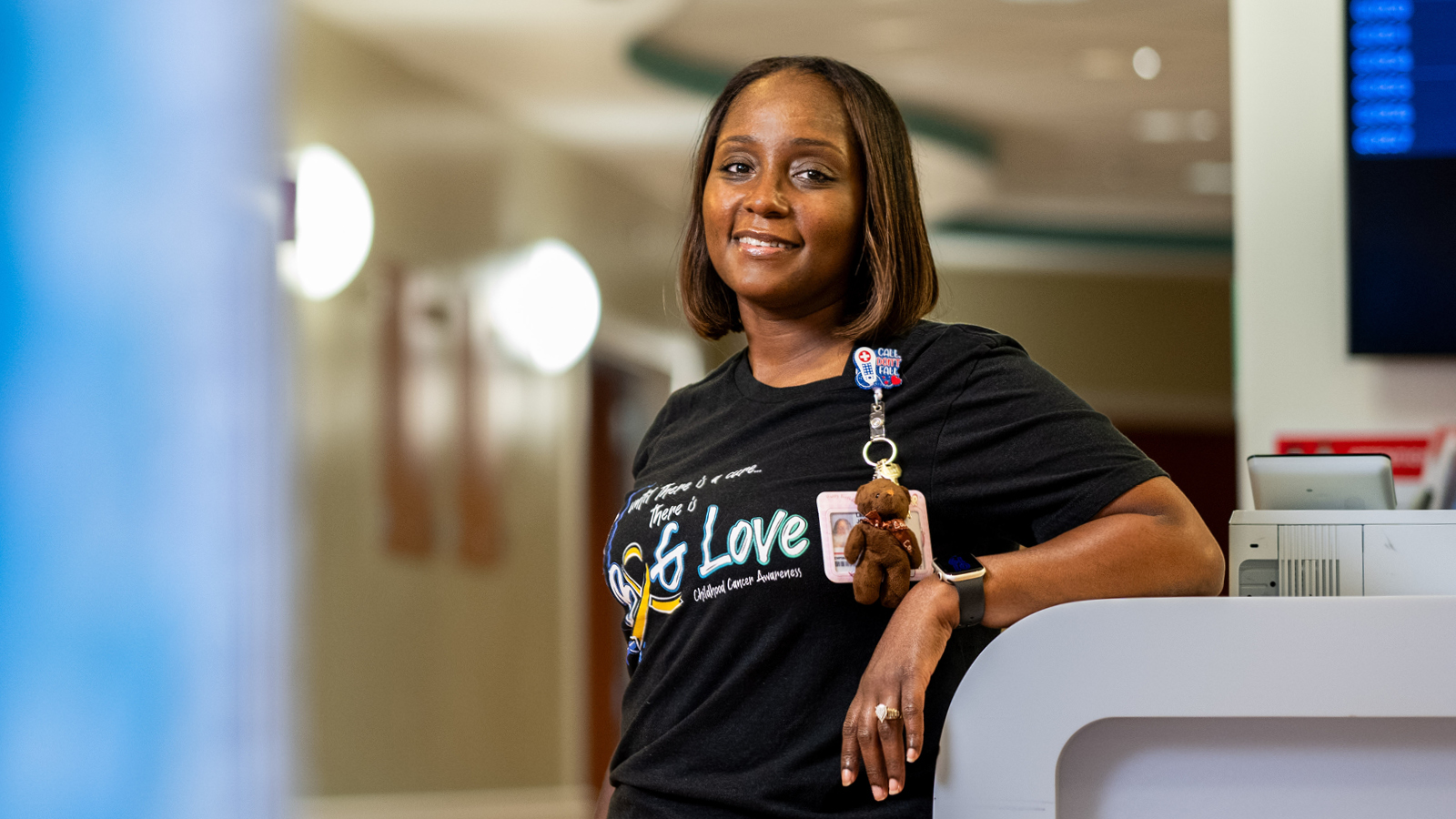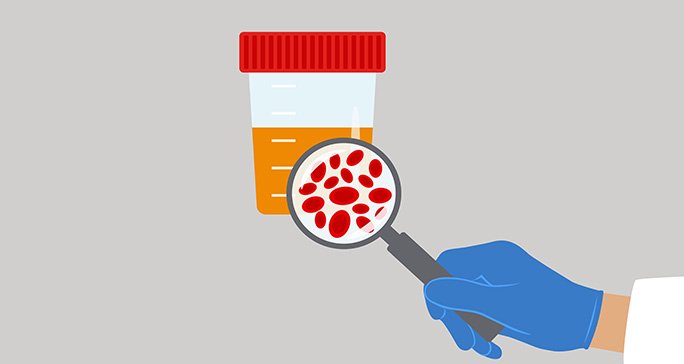- Diseases
- Acoustic Neuroma (14)
- Adrenal Gland Tumor (24)
- Anal Cancer (66)
- Anemia (2)
- Appendix Cancer (16)
- Bile Duct Cancer (28)
- Bladder Cancer (68)
- Brain Metastases (28)
- Brain Tumor (228)
- Breast Cancer (714)
- Breast Implant-Associated Anaplastic Large Cell Lymphoma (2)
- Cancer of Unknown Primary (4)
- Carcinoid Tumor (8)
- Cervical Cancer (154)
- Colon Cancer (164)
- Colorectal Cancer (110)
- Endocrine Tumor (4)
- Esophageal Cancer (42)
- Eye Cancer (36)
- Fallopian Tube Cancer (6)
- Germ Cell Tumor (4)
- Gestational Trophoblastic Disease (2)
- Head and Neck Cancer (6)
- Kidney Cancer (124)
- Leukemia (344)
- Liver Cancer (50)
- Lung Cancer (288)
- Lymphoma (284)
- Mesothelioma (14)
- Metastasis (30)
- Multiple Myeloma (98)
- Myelodysplastic Syndrome (60)
- Myeloproliferative Neoplasm (4)
- Neuroendocrine Tumors (16)
- Oral Cancer (100)
- Ovarian Cancer (170)
- Pancreatic Cancer (166)
- Parathyroid Disease (2)
- Penile Cancer (14)
- Pituitary Tumor (6)
- Prostate Cancer (144)
- Rectal Cancer (58)
- Renal Medullary Carcinoma (6)
- Salivary Gland Cancer (14)
- Sarcoma (236)
- Skin Cancer (294)
- Skull Base Tumors (56)
- Spinal Tumor (12)
- Stomach Cancer (60)
- Testicular Cancer (28)
- Throat Cancer (90)
- Thymoma (6)
- Thyroid Cancer (98)
- Tonsil Cancer (30)
- Uterine Cancer (78)
- Vaginal Cancer (14)
- Vulvar Cancer (18)
- Cancer Topic
- Adolescent and Young Adult Cancer Issues (20)
- Advance Care Planning (10)
- Biostatistics (2)
- Blood Donation (18)
- Bone Health (8)
- COVID-19 (362)
- Cancer Recurrence (120)
- Childhood Cancer Issues (120)
- Clinical Trials (622)
- Complementary Integrative Medicine (24)
- Cytogenetics (2)
- DNA Methylation (4)
- Diagnosis (226)
- Epigenetics (6)
- Fertility (62)
- Follow-up Guidelines (2)
- Health Disparities (14)
- Hereditary Cancer Syndromes (122)
- Immunology (18)
- Li-Fraumeni Syndrome (8)
- Mental Health (118)
- Molecular Diagnostics (8)
- Pain Management (64)
- Palliative Care (8)
- Pathology (10)
- Physical Therapy (18)
- Pregnancy (18)
- Prevention (886)
- Research (388)
- Second Opinion (74)
- Sexuality (16)
- Side Effects (602)
- Sleep Disorders (10)
- Stem Cell Transplantation Cellular Therapy (216)
- Support (404)
- Survivorship (322)
- Symptoms (186)
- Treatment (1770)
6 things to do after a cancer diagnosis
4 minute read | Published February 03, 2021
Medically Reviewed | Last reviewed by an MD Anderson Cancer Center medical professional on February 03, 2021
The test results are back. You’ve talked to the doctor and learned you have cancer.
Whether it’s your first cancer diagnosis or your fifth, your reaction to a new cancer diagnosis often comes down to a single question: What do I do now?
To help you navigate your next steps after a new cancer diagnosis, we spoke with Ehab Hanna, M.D., a skull base tumor specialist.
Step 1: Get the facts about your cancer diagnosis
The first thing to do after a cancer diagnosis is gather information. Find out exactly what type of cancer you have and how advanced it is. Ask where the cancer is located in your body and whether it’s considered rare or common, fast- or slow-growing. The answers to these questions will help you make informed decisions about your treatment.
“Getting the diagnosis right is the most important step,” says Hanna, noting that an accurate diagnosis will ensure you get the right treatment from the start. “You cannot play catch-up with cancer. If the train is on the wrong track, that just means you’re reaching the wrong destination faster.”
If your doctor seems uncertain about your diagnosis, seek a second opinion from a hospital like MD Anderson that specializes in cancer.
“Your first shot is your best shot at beating cancer, so where you go first matters,” Hanna says. “Getting the right treatment from the beginning gives you the best chance of survival.”
Step 2: Explore your treatment options
Once you have an accurate diagnosis, ask your doctor what your treatment options are — and which ones might work best for you. Find out which side effects you can expect from each treatment option and how they could affect your lifestyle.
Be sure to ask about clinical trials, too, to see what you’re eligible for and whether these investigational treatments might give you more options.
“There’s this misconception that if you’re enrolling in a clinical trial, you’re a guinea pig testing something that may or may not work,” says Hanna. “That couldn’t be further from the truth. Our clinical trials are essentially taking the best cancer care available and adding something to it that has already been proven safe and effective. Without clinical trials, we wouldn’t be where we are today.”
Step 3: Seek multidisciplinary care
When you’re being treated for cancer, the last thing you want to have to worry about is whether your medical oncologist, radiation oncologist and surgical oncologist are all on the same page. That’s why it’s important to seek treatment at a cancer center like MD Anderson, where specialists from multiple disciplines work together to manage your care.
“Having a highly coordinated, multidisciplinary team is essential,” says Hanna. “Your chances of survival and quality of life are higher when you get the right treatment up front from specialists.”
Step 4: Define your deal-breakers
Cancer treatment and its side effects can have a big impact on your life. That’s why it’s important to identify any non-negotiables. Your doctors can take those into account when making treatment recommendations.
In the case of vocal cord cancer, for instance, a truck driver and an opera singer might have very different goals.
“The opera singer may not be able to tolerate the slightest change in pitch,” says Hanna. “So, it matters less how long the treatment takes, as long as their voice stays the same. The truck driver, meanwhile, may want the fastest treatment possible, so they can get back on the road without much delay.”
Step 5: Share your goals with your doctor
If you have specific goals when it comes to your cancer and treatment, share those with your doctor.
“I want to know patients’ future plans, hopes and dreams,” says Hanna. “What are they trying to accomplish with their treatment?”
Often, he says, patients will mention specific events they’d like to live long enough to witness, such as a child’s graduation or marriage or the birth of a first grandchild.
“When people tell me that, then we have a mutual goal to work toward,” Hanna says. “Treating the cancer is only a part of the equation. What’s meaningful and valuable to each patient is also important.”
Step 6: Set up your support system
Once you’ve worked with your care team to choose the treatment option that’s right for you, set up your support system.
This could be as simple as scheduling regular phone dates with friends to ease your anxiety and get encouragement. Or, it might involve asking for help with housework and childcare during treatment, or recruiting someone to share updates with loved ones.
You can also find support through MD Anderson. Patients and caregivers can participate in virtual support groups, Lunch & Learns and other programs. And myCancerConnection, MD Anderson’s one-on-one support community, offers the chance to connect with other patients and caregivers. You can also ask your MD Anderson care team to connect you with a social work counselor to help you navigate your diagnosis.
Whatever help you might need, remember: you don’t have to face your cancer diagnosis alone.
Request an appointment at MD Anderson online or by calling 1-844-935-4950.

You cannot play catch-up with cancer.
Ehab Hanna, M.D.
Physician





